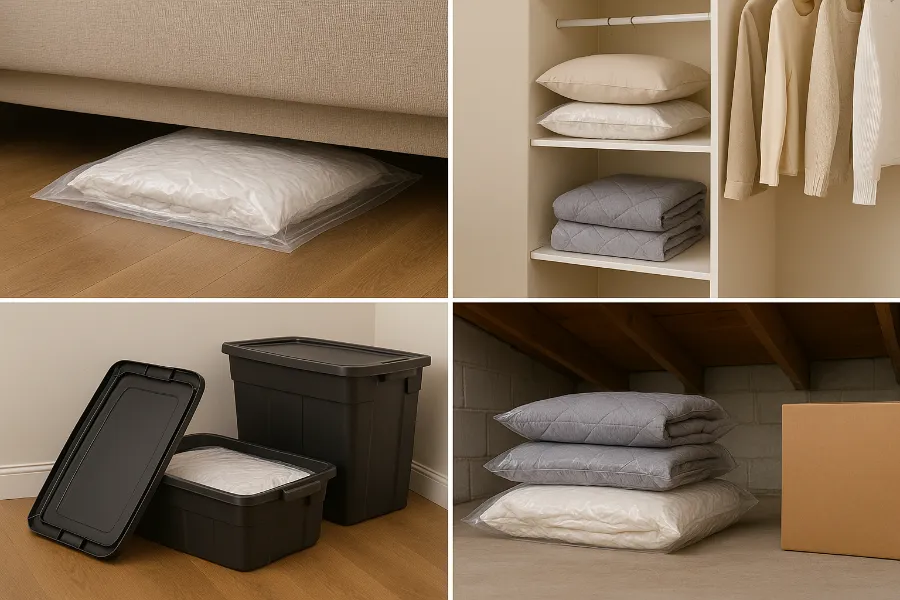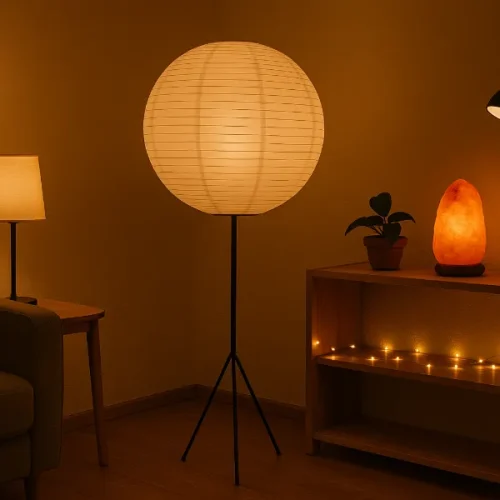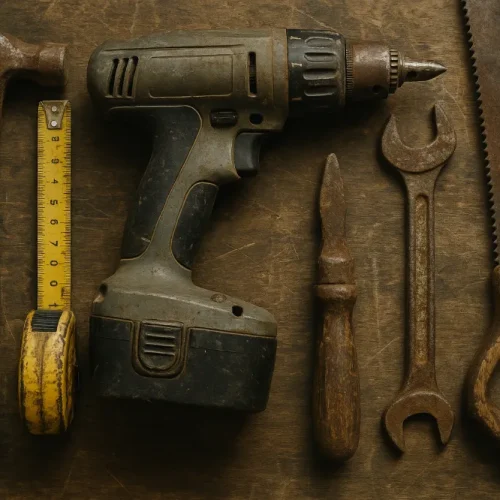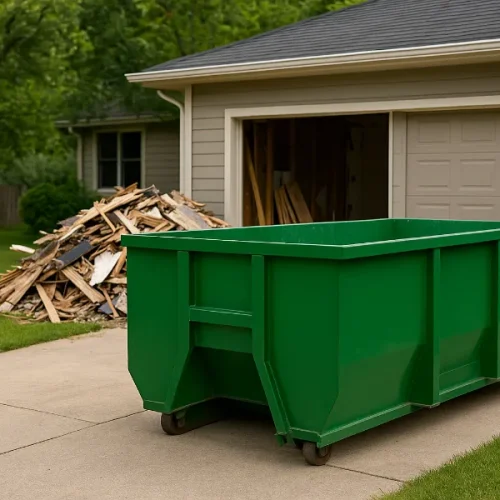
Storing bedding efficiently can be a challenge, especially when space is limited. Blankets, comforters, duvets, and pillows take up significant room, and traditional storage methods—such as large plastic bins or bulky closet shelves—can quickly become overcrowded. Vacuum-seal bags offer a practical, space-saving alternative that helps protect bedding from dust, moisture, and pests while keeping everything neatly compressed. Whether you live in a small apartment, are decluttering for a season, or simply want a more organized linen system, vacuum-seal bags can transform how you manage your bedding storage.
Understanding Vacuum-Seal Bags
Vacuum-seal bags, also called space saver bags, are airtight plastic storage solutions that allow you to remove air from the inside to compress soft items. The process involves placing your bedding inside the bag, sealing it, and then using a vacuum or manual pump to suck out the air through a valve. Once sealed, the bag shrinks, significantly reducing the volume of the contents.
The main principle behind vacuum sealing is removing the oxygen that causes fabric fibers to expand and trap air. By eliminating it, you achieve a compact, flat package that can fit under beds, on closet shelves, or in suitcases with ease. The concept of vacuum packing (removing air to reduce volume and slow deterioration) is described in more general terms on the Vacuum packing page on Wikipedia. Wikipedia
Benefits of Using Vacuum-Seal Bags for Bedding

1. Maximized Storage Space
The most obvious benefit of vacuum-seal bags is space efficiency. Bedding is notoriously bulky, but removing the air trapped between fibers can reduce volume by up to 75%. Comforters that once filled an entire shelf can now fit in a small drawer or under the bed. This is particularly useful for people living in small spaces such as apartments, dorm rooms, or tiny homes.
2. Protection from Dust and Allergens
Bedding stored in open bins or closets can accumulate dust, pollen, and pet dander over time. Vacuum-seal bags create an airtight barrier that prevents these particles from entering. This is especially beneficial for allergy sufferers who need to minimize exposure to airborne irritants.
3. Moisture and Mold Resistance
Humidity can cause bedding to develop unpleasant odors or even mold if not stored properly. The airtight seal of vacuum bags prevents moisture from entering, keeping bedding dry and fresh. The U.S. Centers for Disease Control and Prevention (CDC) recommends for safe textile storage that clean textiles and fabrics be packaged and stored by methods that will ensure their cleanliness and protect them from dust and soil. CDC However, it’s important to ensure that the bedding is completely dry before sealing, as trapped moisture can still lead to mildew inside the bag.
4. Pest Prevention
Insects such as moths and silverfish are attracted to fabric fibers, especially those that retain body oils or moisture. By sealing bedding in an airtight environment, you effectively block these pests from accessing and damaging your linens.
5. Ideal for Seasonal Storage
Vacuum-seal bags are excellent for rotating seasonal bedding. For example, you can store heavy winter comforters and flannel sheets during summer, and switch them out with lightweight quilts and cotton sheets in winter. This not only keeps your closet organized but also extends the life of your bedding by keeping it in a controlled environment.
6. Ease of Transportation
If you’re moving, vacuum-sealed bedding takes up far less space in boxes or suitcases. It’s also ideal for travel—compressing a pillow or blanket can make packing for trips more manageable and efficient.
Choosing the Right Vacuum-Seal Bags
Not all vacuum-seal bags are created equal. Here are a few factors to consider when selecting the right type for your bedding:
1. Size
Vacuum bags come in various sizes, typically ranging from small (for clothes or pillowcases) to extra-large (for comforters and blankets). Always choose a bag slightly larger than your bedding to allow room for even compression.
2. Material Quality
Look for thick, durable plastic made from multi‐layer polyethylene or nylon composite. These materials resist tearing and help maintain an airtight seal for longer periods.
3. Seal Mechanism
There are two main sealing types:
- Zip-lock style seals – Easy to use and reseal, ideal for frequent access.
- Heat‐seal or valve-seal designs – Provide stronger air retention, ideal for long-term storage.
4. Vacuum Compatibility
Some vacuum-seal bags work with standard household vacuum cleaners, while others require a hand pump (usually included). Consider which option best fits your convenience and accessibility.
5. Reusability
High‐quality vacuum bags can be reused multiple times, making them a cost-effective and eco-friendly option. Check that the seals are designed for multiple uses and that the valve can handle repeated suction without damage.
How to Use Vacuum-Seal Bags for Bedding
To maximize the benefits of vacuum-seal storage, proper technique matters. Follow these steps for optimal results:
1. Clean and Dry Bedding First
Always wash and completely dry your bedding before sealing. Any moisture or organic residue can cause mildew or odors inside the bag. A run through the dryer ensures all dampness is eliminated.
2. Fold Bedding Neatly
Fold blankets, comforters, and duvets evenly to distribute air removal. Avoid cramming items haphazardly, as this can create uneven compression and stress on the plastic seams.
3. Insert Items into the Bag
Place the folded bedding into the bag, leaving a few inches of space near the opening. Overstuffing can prevent a proper seal or damage the zipper.
4. Seal the Bag
Zip or heat-seal the bag securely. Double-check that no corners of the fabric interfere with the closure, as this can cause air leaks.
5. Vacuum Out the Air
Attach your vacuum hose or hand pump to the valve and remove as much air as possible. The bag should shrink and flatten as the bedding compresses. Avoid over-compressing, which could damage delicate fibers or cause permanent creases.
6. Store Properly
Lay the sealed bag flat or stand it upright in a closet, under the bed, or in a storage bin. Keep it away from sharp objects and direct sunlight, which can weaken plastic over time.
Where to Store Vacuum-Sealed Bedding
Choosing the right storage location helps maintain the longevity of your bedding. Ideal spots include:
- Under-bed storage – Great for small apartments or minimal closet space.
- Closet shelves – Keep sealed bags stacked neatly in unused upper shelves.
- Storage bins or trunks – For extra protection, place sealed bags inside plastic bins.
- Attics or basements – Only if they remain dry and temperature-controlled.
Avoid areas prone to extreme temperature changes or humidity, such as garages or outdoor sheds, unless the vacuum bags are stored inside airtight containers.
Maintaining Vacuum-Sealed Bedding

Even though vacuum-seal bags provide strong protection, a little maintenance helps preserve your items over the long term:
- Check seals periodically to ensure they haven’t loosened or leaked air.
- Rotate storage items every few months to prevent long-term compression from damaging loft in comforters or pillows.
- Re-fluff bedding after unsealing to restore shape and comfort. Running items in a dryer on low heat for 10–15 minutes helps restore volume.
Common Mistakes to Avoid
- Sealing Wet or Damp Bedding
Moisture trapped inside the bag creates a breeding ground for mildew. Always confirm your bedding is 100% dry. - Overstuffing Bags
Trying to squeeze too much bedding into one bag risks bursting seams or damaging zippers. Use multiple bags if necessary. - Ignoring Fabric Type
Certain natural materials, such as down feathers or wool, can lose fluffiness or shape when compressed too long. Use vacuum sealing for short- to medium-term storage of these materials. - Storing in High-Temperature Areas
Plastic can weaken in hot environments. Keep sealed bags away from direct sunlight, heaters, or unventilated attics. - Forgetting to Label
When storing multiple sets of bedding, label each bag with contents such as “Guest Room Comforter” or “Winter Quilt” for easy retrieval later.
Environmental and Sustainability Considerations
While vacuum-seal bags are reusable, they’re still made from plastic. To reduce environmental impact:
- Buy high-quality, reusable brands instead of disposable ones.
- Recycle damaged bags through appropriate facilities if available in your area.
- Avoid single-use alternatives like shrink wrap or plastic covers.
- Combine with eco-conscious practices, such as storing clean bedding in fabric liners or using cotton covers inside vacuum bags to reduce direct plastic contact.
These small adjustments help extend the lifespan of your bedding and minimize waste generation.
Alternatives to Vacuum-Seal Bags
While vacuum-seal bags are an excellent choice for most households, some alternatives might better suit specific needs:
- Fabric Storage Bags – Breathable cotton or canvas bags are ideal for natural fiber bedding that needs airflow to stay fresh.
- Plastic Bins with Lids – Offer solid protection from moisture and pests without compressing delicate materials.
- Under-bed Drawers – Great for frequent access to linens without sealing and unsealing.
- Rolling Compression Bags – Designed for travel, these bags expel air without a vacuum by rolling or pressing manually.
Each method has its strengths; some homeowners even combine vacuum-seal bags with bins or fabric covers for layered protection.
Cost and Accessibility
Vacuum-seal bags are affordable and widely available both online and in stores. Prices vary depending on brand, size, and quantity, but typically range between $10 and $30 for a set of six to ten bags. Larger bedding-size bags cost slightly more but still provide excellent value considering their longevity and protective benefits. Investing in a few sets can save significant closet space and keep your bedding in pristine condition year-round.
Restoring Bedding After Storage
When it’s time to use your bedding again, unseal the bag carefully to avoid tearing. Once opened, the bedding will slowly expand as air re-enters the fibers. To restore fluffiness faster, toss comforters and pillows in the dryer on a low or no-heat cycle with dryer balls. For sheets or duvet covers, a light tumble dry or quick iron can remove any wrinkles from compression.
If your bedding smells slightly stale after long-term storage, freshen it with fabric spray or wash it before use. Properly stored bedding typically retains its cleanliness and freshness, needing only minimal care to return to its original softness.
Final Thoughts
Vacuum-seal bags have become an essential tool for modern home organization, especially in households where every inch of space counts. They simplify storage, protect valuable bedding from dust, moisture, and pests, and make seasonal changes more manageable. When used correctly, they extend the life of your linens and help maintain a cleaner, more organized living space.
However, mindful usage is key—avoid over-compressing delicate materials, ensure complete dryness before sealing, and store in stable conditions. And thanks to resources like the CDC’s guidance for clean textiles and the general vacuum-packing concept explained on Wikipedia, you’re fully backed by credible information. With these simple precautions, vacuum-seal bags can revolutionize your bedding storage routine, offering both practicality and peace of mind.
FAQs
Not if used correctly. Avoid over-compressing delicate materials like down or memory foam to prevent flattening.
Bedding can safely stay sealed for six months to a year. Refluff and air it out occasionally to maintain softness.
Yes, as long as bedding is completely dry before sealing. Any trapped moisture can cause mold growth.
High-quality bags are reusable several times. Check the seal and valve for wear after each use.
Absolutely. The airtight seal keeps out moths, dust mites, and other fabric-damaging insects.
It may flatten slightly but will regain shape once aired out or tumble-dried on a low setting.
Yes, many bags come with a hand pump or can be rolled to push air out manually.
Store in a cool, dry place—like under the bed or in a closet—to maintain air tightness and fabric quality.
Most are, but avoid long-term compression for feather, wool, or foam bedding to prevent damage.
Yes, they make switching between summer and winter bedding simple and save valuable closet space.













